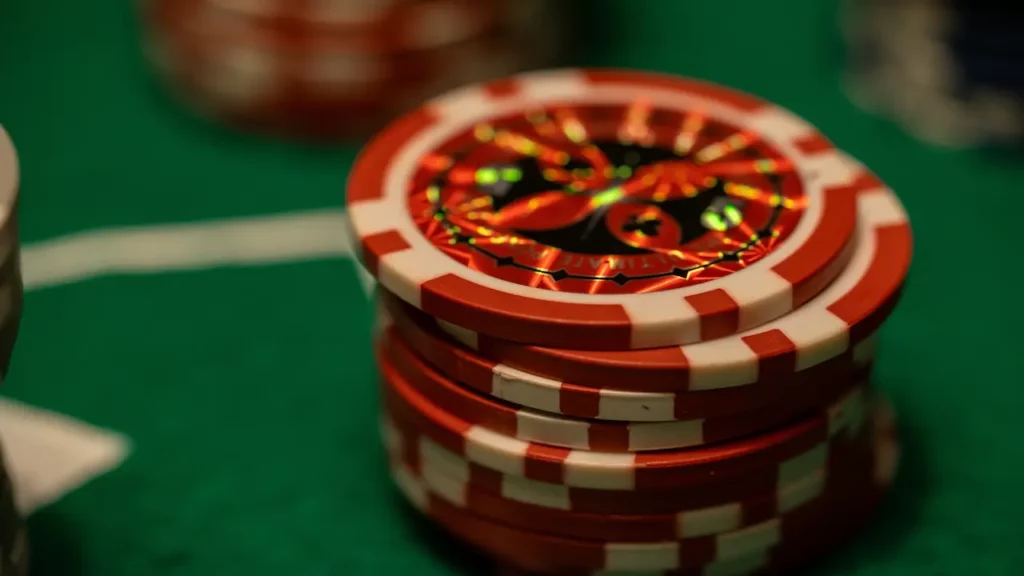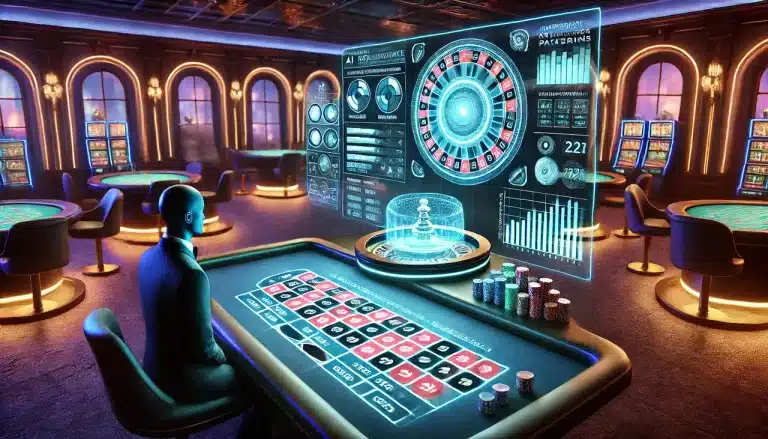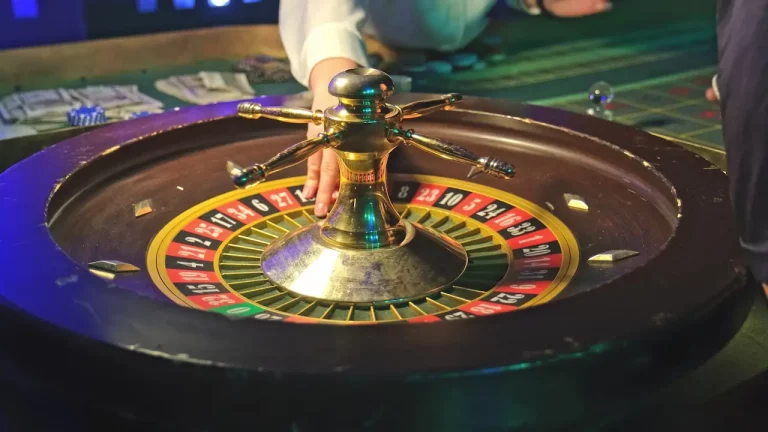Casinos are hubs of entertainment, but they’re also businesses handling massive amounts of money every day. With thousands of players exchanging cash for chips, the occasional attempt to introduce counterfeit chips is inevitable. Detecting fake chips is a high priority for casinos to protect their operations and maintain trust with their patrons.
In this article, we’ll explore the techniques casinos use to identify counterfeit chips, the technology behind chip security, and what happens when someone tries to cheat the system.
The Importance of Chip Security
Casino chips are more than colorful tokens; they represent real money. Counterfeit chips pose a significant threat, not only financially but also to a casino’s reputation. To combat this, chips are designed with multiple security features, making them incredibly difficult to duplicate.
After all, if chips were that easy to replicate then there would be nothing to stop people from arriving at their local casino with bagful’s of fake chips!
Key Security Features of Casino Chips
- Unique Design and Branding Each casino uses chips that are custom-designed with unique colors, patterns, and logos. This visual distinctiveness makes it easier for staff to recognize chips that don’t belong.
- High-Quality Materials Authentic casino chips are made from high-grade composites or ceramics. These materials give them a distinctive weight, texture, and sound, which counterfeit chips often fail to replicate.
- Embedded RFID Technology Many modern casinos incorporate Radio Frequency Identification (RFID) chips into their tokens. These chips allow the casino to track individual tokens, ensuring only authentic ones are in play. Counterfeit chips without RFID signals are immediately flagged.
- UV and Infrared Markings Invisible markings on chips can only be detected under UV or infrared light. This provides an additional layer of verification that’s impossible to see with the naked eye.
- Serial Numbers Some casinos include unique serial numbers or barcodes on high-denomination chips. This makes it nearly impossible for counterfeiters to introduce duplicates.
How Casinos Detect Fake Chips
- Visual Inspection Dealers and pit bosses are trained to recognize chips by sight and feel. Any chip that looks or feels different from the norm is immediately set aside for further inspection.
- Weight and Balance Testing Authentic chips are manufactured to precise specifications. Counterfeit chips often have subtle differences in weight or balance, which can be detected using specialized equipment.
- UV and RFID Scanning Chips are scanned using UV or RFID readers. Fake chips that lack these embedded technologies are quickly identified.
- Surveillance Systems Casinos invest heavily in surveillance systems that monitor every table. If a player introduces chips that don’t belong, security teams can trace the activity back to its source.
What Happens If Someone Uses Fake Chips?
Introducing counterfeit chips into a casino is a serious crime. If fake chips are detected, the casino’s security team will detain the suspect and involve law enforcement. Penalties can range from fines to imprisonment, depending on the severity of the fraud.
Additionally, casinos may implement stricter security measures, such as reviewing and updating chip designs or increasing surveillance at entry points.
The Borgata Fake Chip Heist (Atlantic City, 2014)
Of course, there have been some real-life attempts to dupe the casinos by using fake chips, including the so-called ‘Borgata Fake Chip Heist’. In 2014, a poker player named Christian Lusardi attempted to introduce counterfeit chips into a high-stakes poker tournament at the Borgata Hotel Casino in Atlantic City. Lusardi brought in fake $5,000 chips that he had manufactured himself, hoping to gain an unfair advantage in the tournament.
Lusardi’s plan unraveled spectacularly when plumbing in his hotel room became clogged. Maintenance staff discovered that he had tried to flush the fake chips down the toilet to avoid detection. Investigators connected the chips in the plumbing to the ones found in the tournament.
The tournament was canceled, and the casino lost over $1.5 million. Lusardi was arrested, pleaded guilty to trademark counterfeiting and criminal mischief, and was sentenced to five years in prison. He also had to pay restitution to the casino.
A Game of Cat and Mouse
As technology advances, counterfeiters constantly look for new ways to bypass casino security. However, casinos stay one step ahead by leveraging cutting-edge technology and rigorous staff training. For players, this means a fair and secure environment where the focus remains on fun.
Whether you’re a casual visitor or a seasoned gambler, rest assured that the chips in your hand are as legitimate as the thrills of the casino floor.







